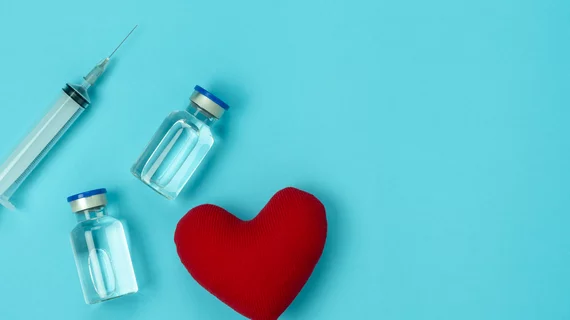Are COVID mRNA vaccines a cause of myocarditis in adolescents? MRI findings hold clues
Since COVID-19 vaccines hit the market over one year ago, the benefits have been touted far and wide. However, with any new research comes further questioning, and with any new pharmaceutical—vaccine or otherwise—comes reported adverse events which must be closely examined. Researchers recently tackled the possible link between mRNA Covid vaccines and myocarditis in adolescents.
A retrospective study examined 52 patients who underwent cardiac MRI for suspected myocarditis within two weeks of having received a COVID mRNA vaccine. Of those exams, five were males between the ages of 16-19 who presented to the facility within four days of their second dose. None of the patients had any known previous COVID infections or heart conditions.
Troponin levels were elevated in all five patients. Toxicology screenings, viral panels, and medical histories eliminated other plausible causes. The scans of each patient were consistent with myocarditis. Early gadolinium enhancement (EGE) and late gadolinium enhancement (LGE) were noted for all five, and myocardial edema on four. All examined remained in stable condition but did have short hospitals stays (average 4.8 days).
When discharged, symptoms were reported to be intermittent and mild, though some were sent home with prescriptions necessary in their treatment. Two patients returned for follow-up MRIs 90 days after being discharged from care. Those scans showed persistent, but decreased LGE.
“Additional investigation is warranted to establish causality. Nonetheless, radiologists should be aware of the possible association and recognize the role of cardiac MRI in the assessment of patients with suspected myocarditis after COVID-19 vaccination,” wrote Lydia Chalala, MD, and coauthors.
As with any new study, limitations exist, but this research does indicate that radiologists should be cognizant of a possible, albeit rare, link between symptoms and a patient’s recent vaccine status.
You can read the full, detailed study at AJR.

